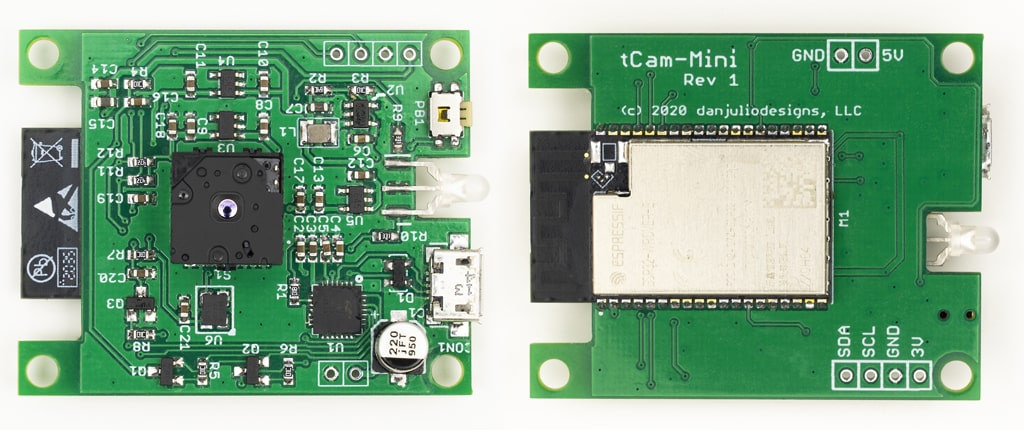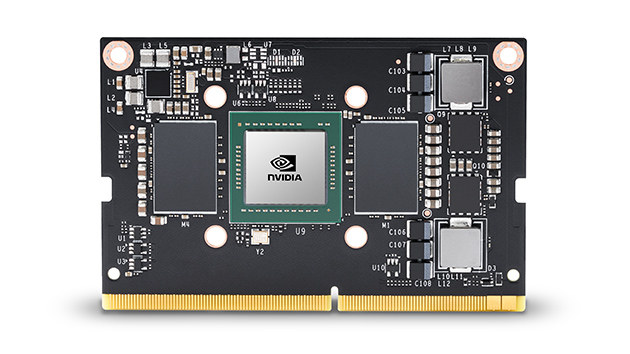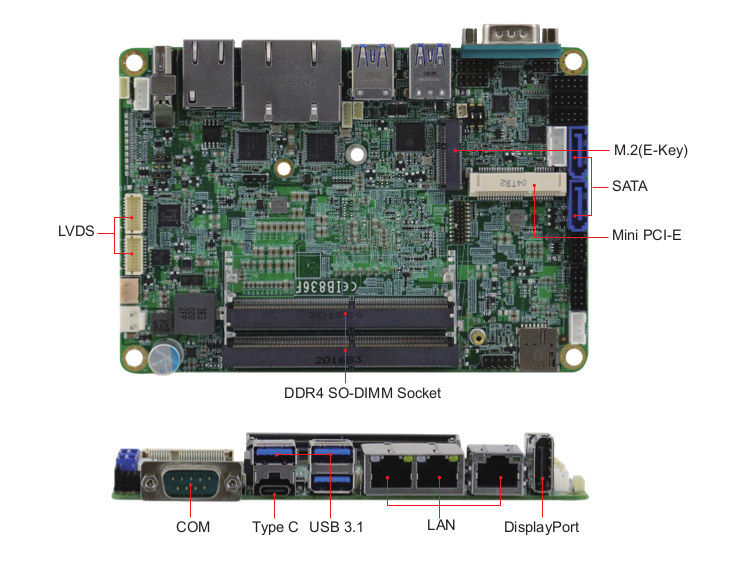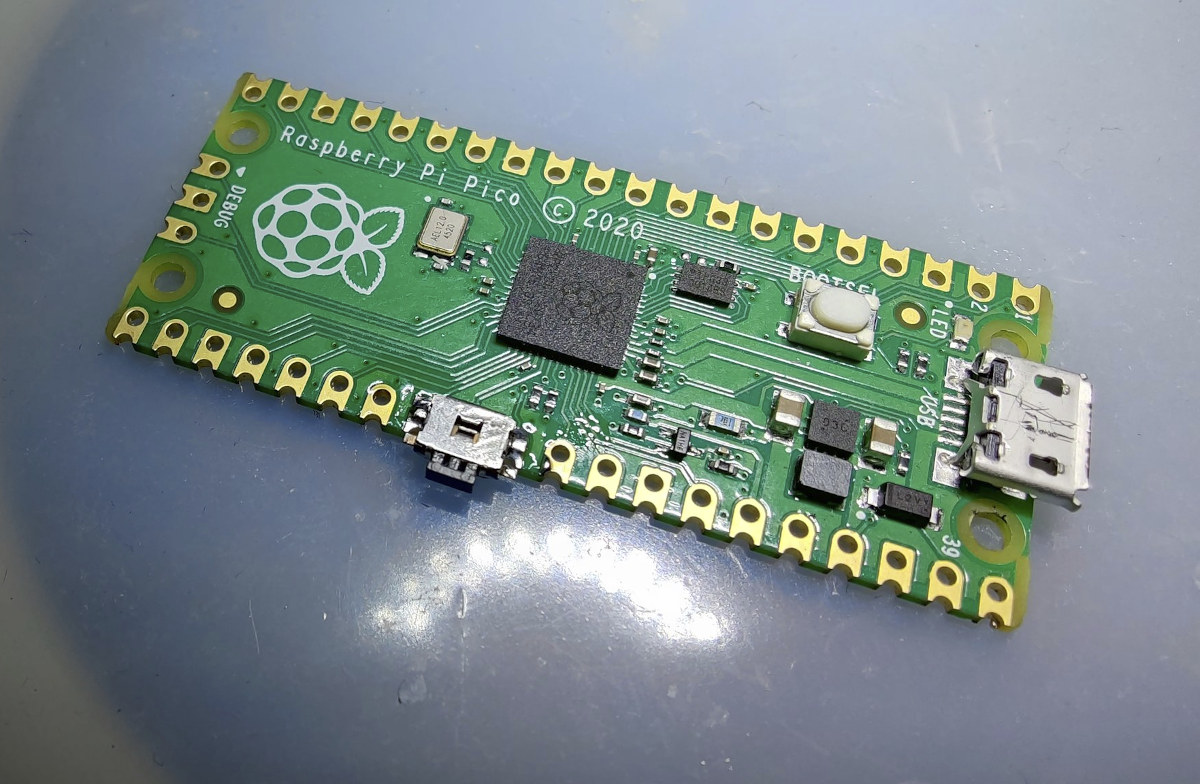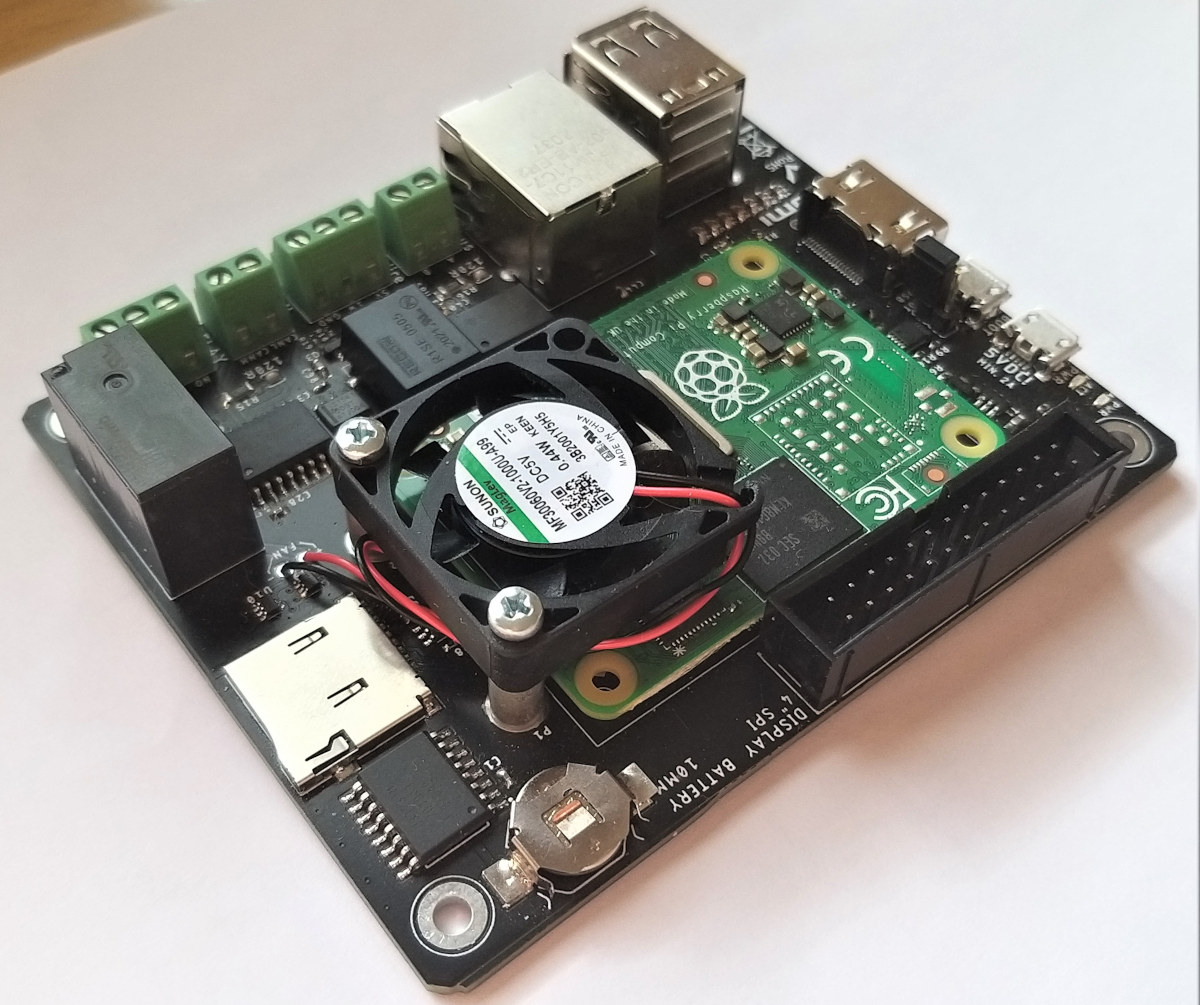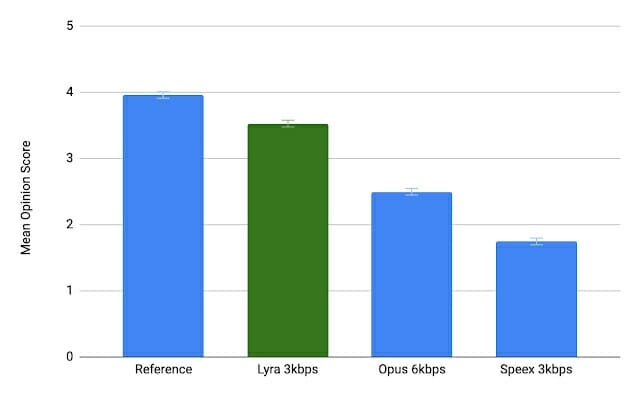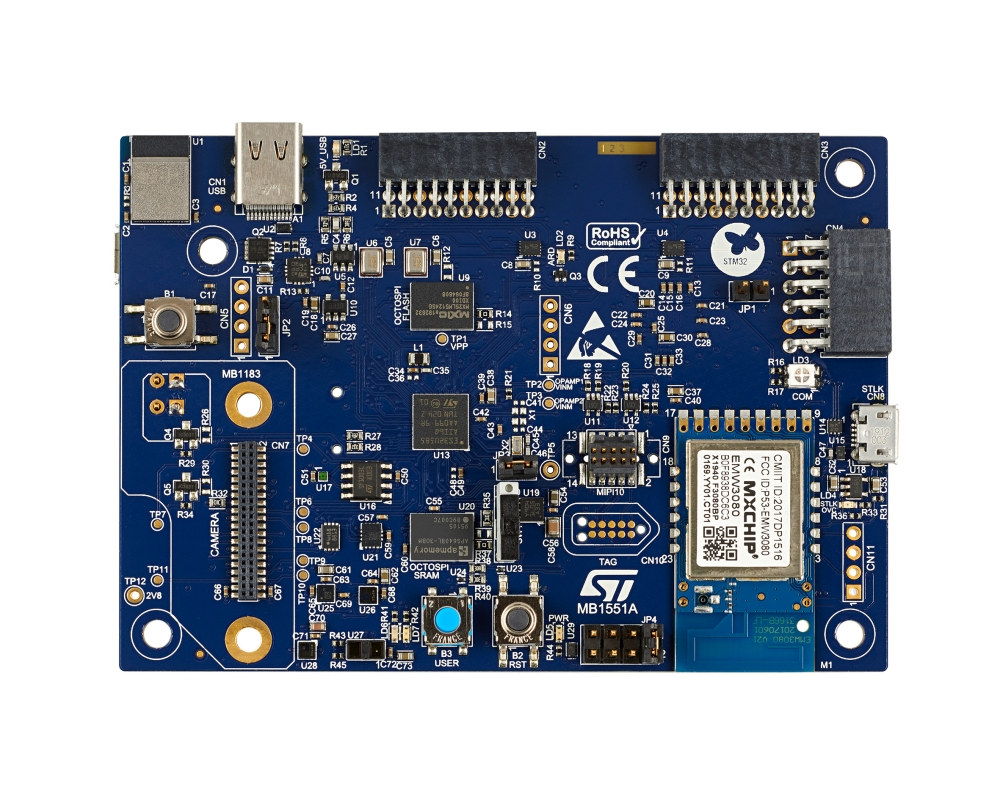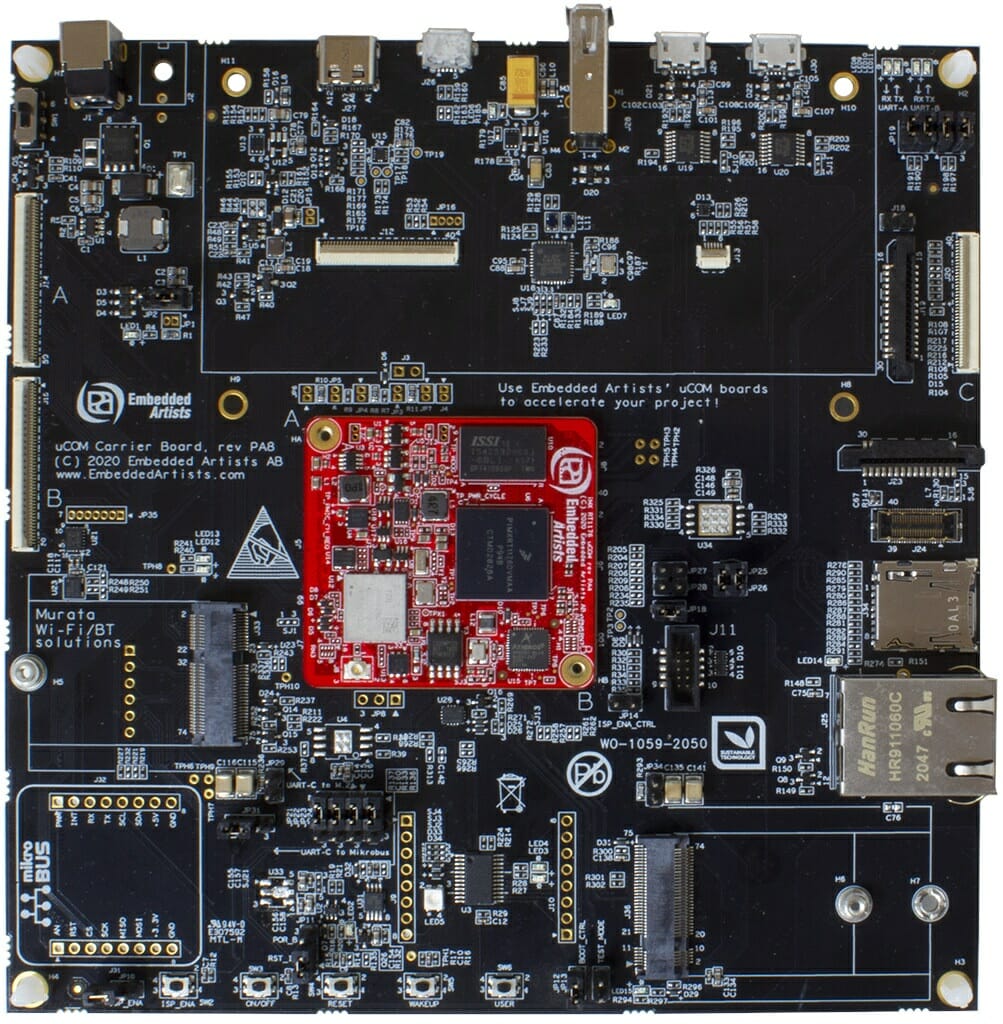While there are plenty of ESP32 camera boards, it’s much harder to find off-the-shelf solutions with ESP32 wireless SoC and an IR thermal camera. That’s likely why Dan Julio decided to design tCam-Mini board combining an ESP32 module with a Flir Lepton 3.5 sensor with 160×120 resolution to capture radiometric data for thermographic analysis. tCam-Mini board hardware specifications: Wireless module – Espressif ESP32-WROVER-E module with dual-core ESP32-D0WD0V3 WiSoC, 8 MB PSRAM, 8 MB Flash, and PCB antenna; Camera – Flir Lepton 3.5: 160×120 pixel radiometric LWIR camera with shutter operating in either Radiometric/TLinear (each pixel contains temperature data) or AGC modes (no temperature data in each pixel but better images). Expansion – 4-pin I2C header Debugging – Micro USB port with CP2102N-A02 USB to UART bridge for ESP32 boot loader control Misc – Dual color (Red/Green) status LED, Factory/Wifi Reset button Power supply – 5V input via micro USB port […]
NVIDIA introduces lower cost Jetson TX2 NX SO-DIMM module
NVIDIA Jetson AI modules and developer kits range from the entry-level Jetson Nano module (5W, ~0.5 TOPS) to the high-end Jetson Xavier AGX module (30W, 32 TOPS). The higher-end modules usually come with a 400-pin board-to-board, while cheaper/cost-down modules like Jetson Nano and Jetson Xavier NX feature a 260-pin SO-DIMM connector and small form factor. But so far all Jetson TX2 modules came with a 400-pin connector, but this has changed with the introduction of the Jetson TX2 NX SO-DIMM system-on-module that is offered as a cost-down version of Jetson TX2 4GB module. NVIDIA Jetson TX2 NX specifications with highlights in bold or strikethrough showing the difference against Jetson TX2 4GB: Processor – Dual-Core NVIDIA Denver 2 64-Bit CPU and Quad-Core Arm Cortex-A57 MPCore processor @ up to 2.0 GHz GPU – 256-core NVIDIA Pascal GPU @ up to 1.3 GHz AI Performance – 1.33 TFLOPS Video Encode H.265 – […]
3.5-inch Atom x6000E embedded SBC features 3x GbE, 2x SATA, 6x USB, and more
Several Elkhart Lake SBC’s integrate two Ethernet ports including Avalue ECM-EHL 3.5-inch SBC or Congatec Conga-PA7 Pico-ITX board with the former equipped with 2.5GbE and GbE ports, and the latter two GbE ports. But if your industrial project requires more Ethernet ports, iBase IB836 3.5-inch Atom x6000E embedded SBC offers three Gigabit Ethernet RJ45 ports, as well as two SATA ports, six USB interfaces, plus various display options, as well as M.2 and mPCIe expansion sockets. iBase IB836 specifications: Elkhart Lake SoC (one of the other) Intel Atom x6425E quad-core processor @ 1.8GHz/3.0GHz, with 1.5MB cache, Intel UHD graphics; 12W TDP Intel Atom x6413E quad-core processor @ 1.5GHz/3.0GHz, with 1.5MB cache, Intel UHD graphics; 9W TDP Intel Atom x6211E dual-core processor @ 1.2GHz/3.0GHz, with 1.5MB cache, Intel UHD graphics; 6W TDP System Memory – Up to 32GB via DDR4-3200 SO-DIMM, with IBECC support Storage – 2x SATA ports, 1x mSATA […]
A neat way to add a reset button to Raspberry Pi Pico
The Raspberry Pi Pico is a nice little board, but if you program in C language, you’d need to disconnect the micro USB cable each time you’d like to flash the UF2 firmware. That’s not convenient and could damage your board over time. The Raspberry Pi Foundation even decided to write a blog post explaining how to add a reset button to your Raspberry Pi Pico using a breadboard circuit. Here’s what it looks like. That works but you may want to use that breadboard for another circuit, so the reset button takes space. Another solution is to program with a Raspberry Pi board and use SWD mode to upload code using the debug port, instead of using mass storage (BOOTSEL) mode. I’ve also found out that most baseboards for the Pico board will include a reset button. But this morning, I’ve come across another solution that looks pretty neat. […]
Raspberry Pi CM4 Carrier Board comes with RS485/Modbus, CAN, 1-wire interfaces (Crowdfunding)
Another day, another Raspberry Pi CM4 carrier board. Just like the TOFU carrier board, CM Hunter carrier board for Raspberry Pi CM4 targets industrial applications, but in a different way, as it focuses on industrial communication protocols with Galvanically-Isolated RS485/Modbus, 1-Wire, CAN 2.0B, and together with more common interfaces like Ethernet, HDMI, USB, etc… CM Hunter specifications: Supported systems-on-module – Raspberry Pi Compute Module 4 / 4 Lite Industrial communication Interfaces Isolated RS485/Modbus (Profibus compatible) based on Texas Instruments ISO1410 controller Isolated CAN 2.0B based on Microchip MCP2515 controller and MAX14879 CAN transceiver Isolated 1-Wire via Maxim DS2482 I2C bridge Storage – MicroSD card slot Video Output – HDMI 2.0, optional 3.5-inch or 4-inch 480×320 LCD display with resistive touch connected over SPI Networking – Gigabit Ethernet RJ45 port and optional 802.11b/g/n/ac WiFi 5 plus Bluetooth 5.0 LE USB – 2x USB 2.0 ports, 1x micro USB 2.0 OTG port […]
Lyra audio codec enables high-quality voice calls at 3 kbps bitrate
We’re often writing about new video codecs like AV1 or H.266, and recently, we covered AVIF picture format that offers an improved quality/compression ratio against WebP and JPEG, but there’s also work done on audio codecs. Notably, we noted Opus 1.2 offered decent speech quality with a bitrate as low as 12 kbps when it was outed in 2017, the release of Opus 1.3 in 2019 improved the codec further with high-quality speech possible at just 9 kbps. But Google AI recently unveiled Lyra very low-bitrate codec for speech compression that achieves high speech quality with a bitrate as low as 3kbps. Before we go into the details of Lyra codec, Google compared a reference audio file encoded with Lyra at 3 kbps, Opus at 6 kbps (the minimum bitrate for Opus), and Speex at 3 kbps, and users reported Lyra to sound the best, and close to the original. […]
STM32U5 Cortex-M33 MCU gets more performance, 2D graphics accelerator, and advanced security
The first STM32 MCU based on Arm Cortex-M33 core was the ultra-low-power STM32L5 microcontroller, and the company is now following up with the STM32U5 series also designed for smart applications including wearables, personal medical devices, home automation, and industrial sensors. The new family has a higher 160 MHz clock speed, up to 2048 KB flash, up to 786 KB RAM, a 2D graphics accelerator, several peripherals have been upgraded, and a new autonomous mode lets DMA and peripherals keep working while most of the device sleeps in order to save power. STM32U5 MCUs also integrate additional hardware security features, and are manufactured using a 40nm process, which the company says is the most advanced process suitable for microcontrollers. Just like for the STM32L5 family, there are two product lines in the STM32U5 series which mostly differ in their security features: STM32U575 with 1024 to 2048 KB of flash memory, 786 […]
Embedded Artists launches 1GHz NXP i.MX RT1176 Crossover MCU module and devkit
Microcontrollers used to be those cute little chips clocked at 8 MHz, but it’s now common to have MCUs clocked at one or two hundred Megahertz, and with Cortex-M7 cores, several hundred Megahertz is now possible, and NXP even pushed the limit to one Gigahertz with their i.MX RT1170 series of Cortex-M7/M4 Crossover MCUs announced over a year ago. Embedded Artists has now made a computer-on-module and a corresponding devkit based on NXP i.MX 1176 Crossover MCU clocked at one Gigahertz. iMX RT1176 uCOM MCU module delivers up to 6468 Coremarks, comes with up to 32MB SDRAM, 16MB QSPI flash, optional WiFi and Bluetooth, and various peripherals in a tiny 45x42mm form factor. iMX RT1176 uCOM module Specifications: SoC – NXP i.MX RT1176 processor with Cortex-M7 core up to 1 GHz/800MHz (Commercial vs industrial), Cortex-M4 core up to 400/200 MHz, 2MB internal SRAM, 2D GPU with OpenVG 1.1 support and […]


